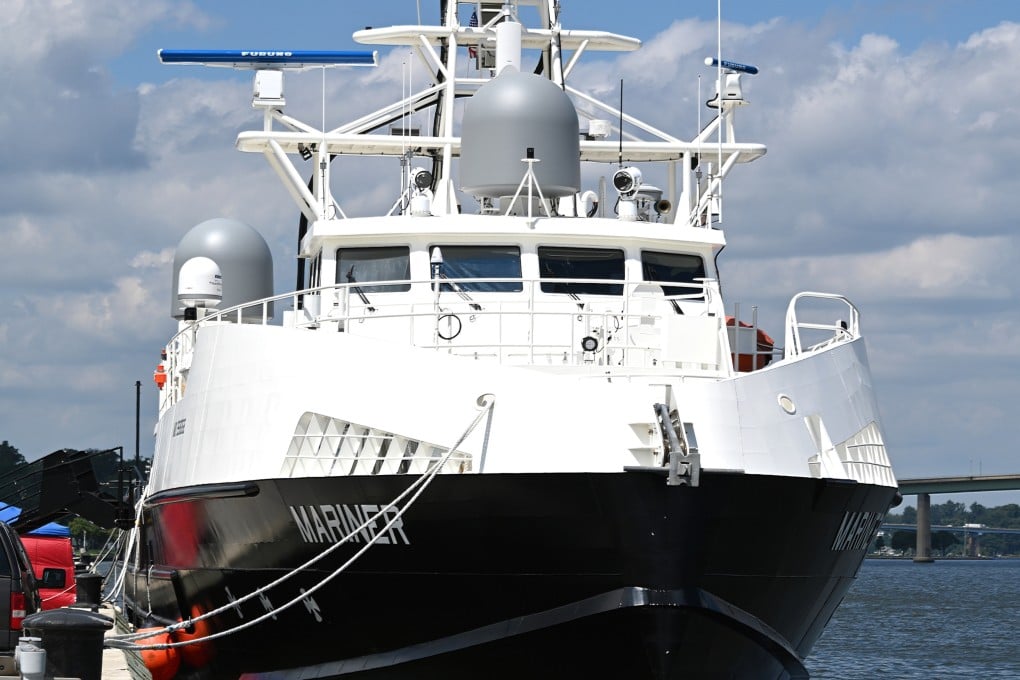Unmanned surface vessels: the next frontier in China-US military rivalry?
- Both countries have USVs in development, with the US planning to match driverless ships with crewed fleets
- But there is still some way to go until the warships can take on the full range of functions

Unmanned surface vessels have emerged as a new battleground between China and the United States as both countries seek to develop driverless ships that could potentially change maritime warfare, according to one observer.
Late last month, the US Navy launched the unmanned surface vessel Mariner as a test vehicle for the service’s manned/unmanned ship programme.
The US Navy is considering sending crewed warships into battle with one or more unmanned escorts to help reduce the time needed to make decisions and increase “lethality”.
According to the US Naval Institute’s news site USNI, Mariner is the third vehicle of its kind to be delivered to US Navy and is part of Ghost Fleet Overlord, a programme to accelerate the navy’s use of autonomous systems.
More broadly, the US Navy’s Chief of Naval Operations Navigation Plan 2022 calls for 373 manned ships and 150 unmanned ships, in an attempt to preserve global dominance in the face of a growing Chinese navy.
To that end, the US Navy established the country’s Unmanned Surface Vessel Division, to “meet challenges of the 21st century”, a unit that does not have an equivalent in the Chinese military.
Nevertheless, China is also progressing in unmanned surface vessels, albeit at a slower pace.
In June, China’s first domestically developed 200 ton-class (181-tonne) USV completed its first autonomous sea trial in waters off the Zhejiang province in eastern China.